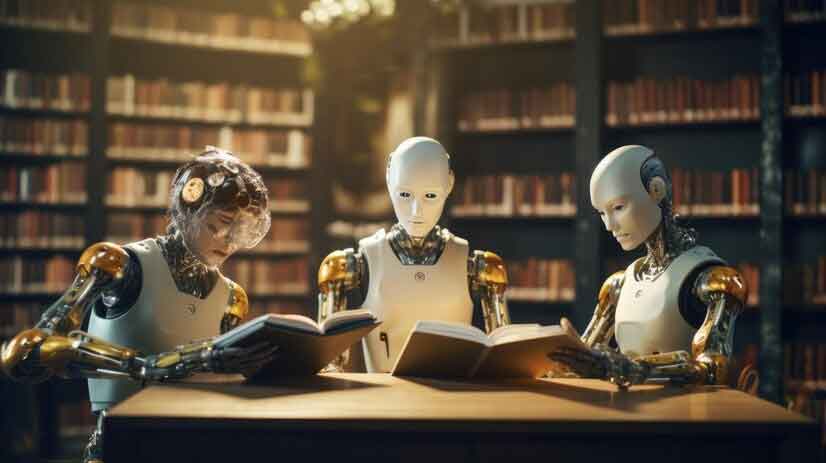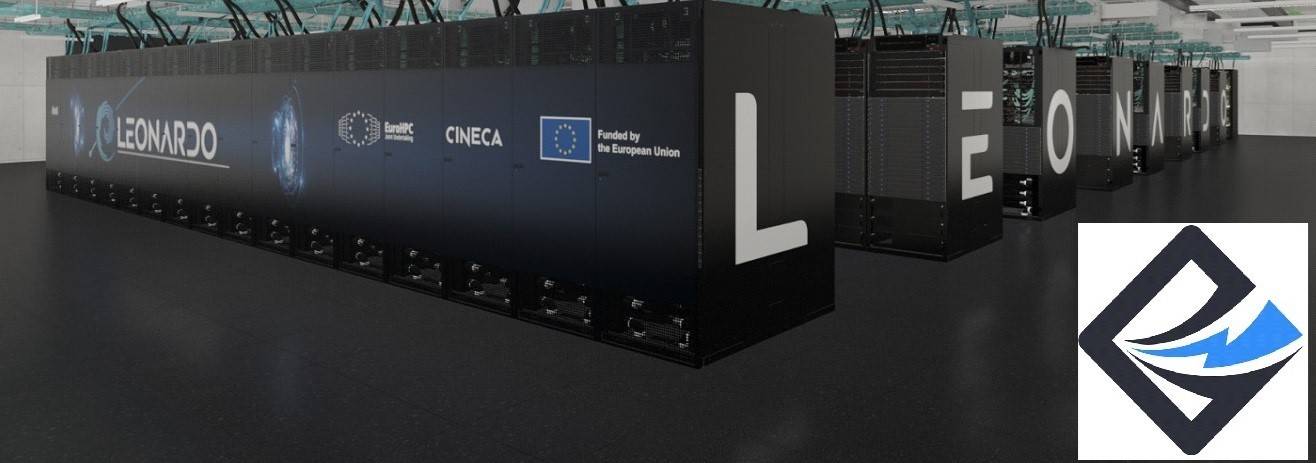Integration of AI into instructions becomes ever more important as technology develops. AI presents great promise to improve educational opportunities, customize instruction, and equip students for the employment of the future. Emphasizing benefits, obstacles, and best practices, this paper investigates ways for educational institutions to properly include artificial intelligence in their operations.
Personalized Learning Paths
The capacity of artificial intelligence to customize learning routes for individual pupils is one of its main benefits for education. By use of individual learning styles, preferences, and strengths analysis, artificial intelligence systems may customize instructional content and activities. Platforms for adaptive learning can change the complexity of assignments, offer real-time comments, and recommend individualized study resources. By attending to every student’s particular needs, this customized strategy not only increases student involvement but also improves learning results.
Intelligent Tutoring Systems
Like having a one-on-one tutor, AI-powered intelligent tutoring systems (ITS) give each student individualized support. These systems evaluate student performance, pinpoint areas of challenge, and offer focused remedial action using machine learning techniques. Its ability to modify teaching plans depending on student reactions and development provides quick help and reinforcement as needed. This tailored instruction improves student understanding and memory of the content, therefore creating a favorable learning environment.
Enhancing Administrative Efficiency
AI into instructions is aimed to simplify administrative chores in schools, artificial intelligence lets teachers concentrate more on instruction and student interaction. AI-powered solutions provide automation of administrative tasks including resource allocation, grading, and scheduling. AI systems, for instance, can examine student data to forecast enrollment patterns or maximize classroom layouts depending on academic needs and student preferences. AI helps teachers to free more time and energy for creative teaching methods and student interactions by lowering administrative loads.
Augmented Teaching Tools
For educators, artificial intelligence (AI) can be a great tool since it offers tools and insights to help them change their strategies. AI-powered analytics solutions, for example, can examine student performance data to spot areas needing more help or learning gaps. This data helps teachers to modify their approaches, provide focused interventions, and properly differentiate their training. By matching students with peers with complementary abilities or interests, and fostering cooperation and peer-to-peer learning, artificial intelligence can also help to enable collaborative learning opportunities
Implementing AI in Education

Schools should apply these best practices if they want to properly include artificial intelligence in their curricula:
⦁ Professional Development: Provide training and support for educators to familiarize them with AI technologies and their applications in teaching.
⦁ Collaboration: Foster collaboration between teachers, technology specialists, and administrators to develop effective AI-driven educational strategies.
⦁ Pilot Programs: Implement small-scale AI initiatives to evaluate effectiveness, gather feedback, and make adjustments before full-scale implementation.
⦁ Ethical Guidelines: Establish clear guidelines and policies for the ethical use of AI in education, focusing on data privacy, transparency, and responsible AI deployment.
⦁ Continuous Evaluation: Regularly assess the impact of AI integration on student learning outcomes, engagement, and overall educational quality.
Conclusion
Through improved tailored learning experiences, teacher support, and administrative job simplification, artificial intelligence (AI) has the potential to transform education. Schools can use artificial intelligence to equip pupils for success in a fast-changing digital environment by implementing deliberate plans and attending to ethical issues. The incorporation of Ai into instructions will become even more important as technology develops in determining the direction of teaching methods and learning.
FAQ’s
What are the advantages of implementing AI in the school classroom? ability to personalize learning, conduct administrative tasks, share real-time feedback, and improve student engagement through i tools.
How does AI help teachers in the classroom? identifying areas where students need additional support, developing personalized learning plans, and using AI to identify patterns in student position.
What are the difficulties of bringing AI into education? The challenges in the education environment include privacy issues, bias, transparency, exham fraud and teacher training.
Can the schools ensure for anyone the ethical use of AI? By creating clear policies about how data is being used, conducting regular audits to ensure AI systems are not behaving in biased ways, and offer education to the students and staff about the ethical considerations of AI.
What are examples of AI tools that can be used in education? intelligent tutoring systems, AI-powered educational games, automated grading software, and virtual teaching assistants.
Reference
https://school-education.ec.europa.eu/en/insights/practices/adapting-future-responsibly-integrating-ai-teaching-and-learning
https://www.taotesting.com/blog/6-things-to-consider-when-integrating-ai-tools-in-the-classroom/









